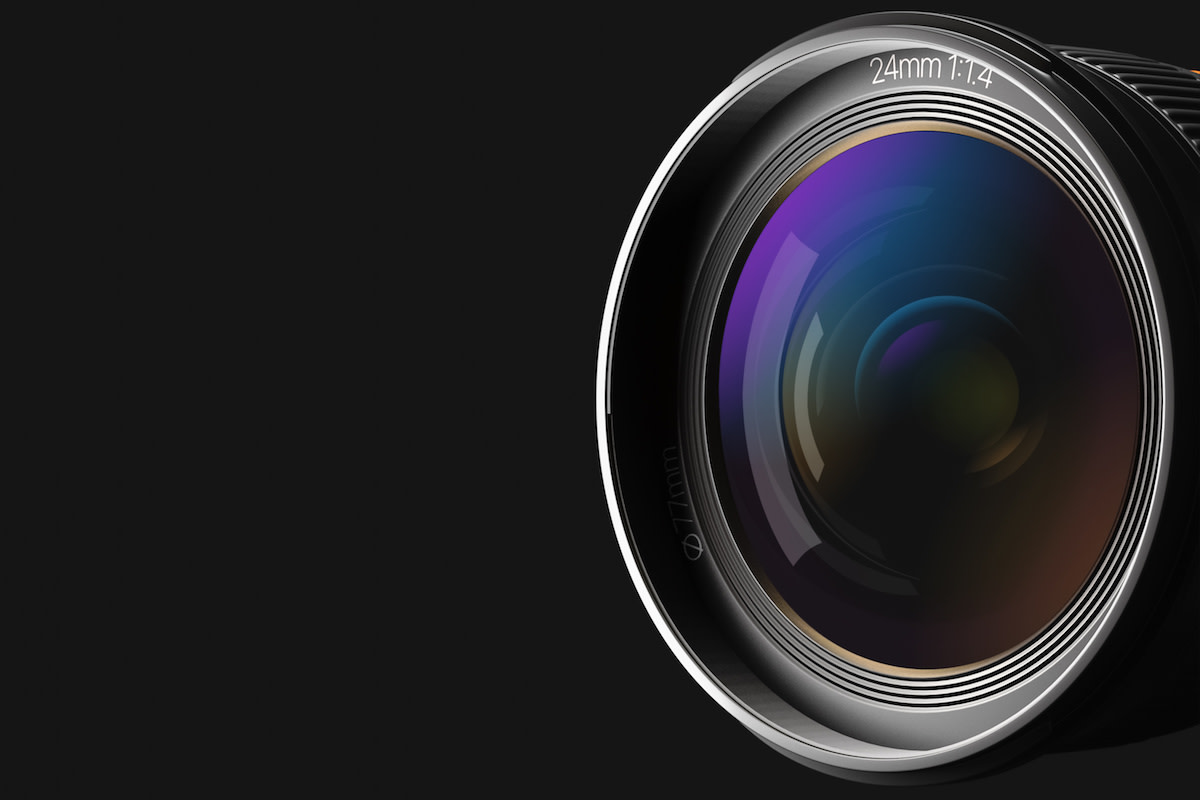Learn What Causes Spherical Aberration in Photography and 3 Ways to Reduce It
Written by MasterClass
Last updated: Sep 30, 2021 • 4 min read
In photography, there are numerous optical aberrations—or imperfections—caused by the way lens surfaces focus the light they capture. When rays of light passing through an optical system fails to converge at a single point, it negatively affects image formation and reduces image quality.
There are two types of lens aberrations: chromatic (the inability to focus various wavelengths of color at the same point); and monochromatic (when lenses can’t focus a single color of light). Of the five subtypes of monochromatic, one of the most common is spherical aberration.
Learn From the Best
What Is Spherical Aberration in Photography?
Spherical aberration occurs when incoming light rays pass through lenses with spherical surfaces and focus at different points on a camera’s sensor. It is a subtype of monochromatic aberration—an imperfection caused by a lens focusing on a single color of light.
- It is easier and cheaper to form spherical surfaces than ones with aspherical surfaces or gradient-index characteristics, so manufacturers typically produce lenses and curved mirrors with spherical surfaces.
- Light rays that pass through spherical surfaces near the horizontal axis (paraxial rays) refract less than rays that pass closer to the edge (peripheral rays). As a result, the parallel light rays end up in different spots across the optical axis, never converging.
- When a wavefront is spherically aberrated, peripheral rays focus closer to the lens than paraxial rays do. The difference between where the two types of rays ultimately focus is a way to measure the severity of spherical aberration in a system.
What Cause Spherical Aberration?
Three things cause spherical aberrations: lens design, the quality of a lens’s glass material, and the placement of elements within the lens housing. Poor quality materials and large bubbles can impact light reflection greatly.
In a perfect lens, all light rays would pass through it and converge in a single focal point. Manufacturers have developed specialized precise methods over the years to reduce the effect of spherical aberration.
What Is the Difference Between Positive and Negative Spherical Aberration?
Positive spherical aberration occurs when peripheral rays are too bent. Negative spherical aberration occurs when peripheral rays aren’t bent enough. The effect is proportional to the fourth power of the diameter and inversely proportional to the third power of the focal length, so it is much more pronounced at short focal ratios, or “fast” lenses.
- Spherical lenses have aplanatic points (no spherical aberration) only at a radius that equals the radius of the sphere divided by the index of refraction of the lens material.
- Whereas spherical aberration occurs in a spherical mirror or lens because they focus parallel rays along a line instead of to a point, field curvature, or “Petzval field curvature,” results because the focal plane is actually not planar, but spherical.
What Is the Impact of Spherical Aberration in Photography?
There are several ways that spherical aberration negatively affects the image quality an optical system produces.
- Seen through a lens with spherical aberration, a point of light will have a fairly uniform halo effect in the center and on the edges of an image.
- When parallel light rays do not converge at the same point, it reduces the focal strength, which in turn hurts both an image’s resolution and clarity. This makes it difficult for a photographer to obtain sharp images.
- When using wide aperture lenses, photographers may also encounter chromatic aberration, the failure of a lens to focus all colors to the same point. Inconsistent spherical aberration correction between different wavelengths can result in a magenta tinge for out-of-focus areas in the foreground and a greenish tinge in the out of focus portion of the background, or vice-versa.
How Do You Reduce Spherical Aberration?
There are two main methods to reduce spherical aberration. The one that works best for you may come down to your budget.
- Using a specialized aspherical (non-spherical) lens surface, which curves outwards on one side for the purpose of converging light rays into a single focal point, can solve spherical aberration (as well as comatic aberration and astigmatism). If you can afford an aspheric lenses, this is a great option.
- While not cheap, gradient-index lenses, which have a refractive index that is highest at the center of the lens and gradually decreases closer to the edge of the lens, can also eliminate spherical aberration.
Photographers can also minimize the effect of spherical aberration in lens systems by using a convex lens and concave lens in a special combination.
- When the lens’s diaphragm is wide open, at maximum aperture, spherical aberration is most pronounced. Aperture blades block the outer edges of a spherical lens, so stopping down the lens—even by a single stop—can dramatically reduce spherical aberration. If you close the aperture, eliminating the most lateral rays of light, the area of best focus seems to shift away from the lens. If you can’t afford an aspheric lens, this is a good way to improve your image.
Another way lens manufacturers reduce spherical aberration is with compensation plates, or corrector plates. Easily inserted into a system, these single-element optical components can decrease spot size and drastically improve image quality without a complete system redesign and without the inclusion of expensive and time-consuming software and adaptive optics controls.
For simple designs, you may calculate parameters that minimize spherical aberration. If, for instance, you have a single lens with spherical surfaces and a given object distance, image distance, and refractive index, you can minimize spherical aberration by adjusting the radii of curvature of the lens’s front and back surfaces.
Become a better photographer with the MasterClass Annual Membership. Gain exclusive access to video lessons taught by photography masters, including Annie Leibovtiz, Jimmy Chin, and more.
